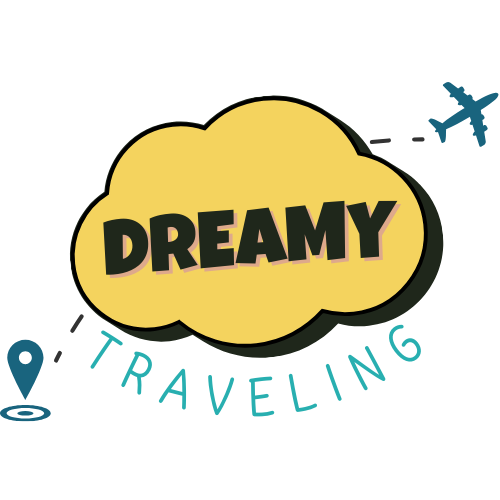Exploring Bryce Canyon National Park
Bryce Canyon National Park might look compact on a map, but it’s one of those places that takes hold of your attention all day long. Whether you’re chasing that first sunrise glow or squeezing in a last hike before sunset, this park packs a lot into its amphitheaters and hoodoos. Here’s how to plan a trip that hits the highlights, stays on budget, and still leaves time to breathe it all in.
Popular Bryce Canyon Hikes
Start with the Navajo Loop and Queen’s Garden Trail. It’s the park’s most famous combination route for a reason. The descent from Sunset Point through Wall Street feels like walking between stone skyscrapers, while the climb back up through Queen’s Garden opens to sweeping amphitheater views. It’s roughly 2.9 miles round-trip and moderately challenging, especially on the return.
For something quieter, try the Peekaboo Loop (5.5 miles) or the Fairyland Loop (8 miles). Both dip deep into the canyon and see fewer crowds. If you just want a taste without the climb, the Rim Trail between Sunrise and Inspiration Points is mostly level and gives you all the drama without the switchbacks.
Best Sunrise in Bryce Canyon
The park earns its name at Sunrise Point, and that’s the obvious first stop. But for the most breathtaking morning view, head to Bryce Point instead. The amphitheater faces east, and when the light first hits the spires, the entire landscape glows pink and gold. If you’re staying in Bryce Canyon City, the free park shuttle runs early enough to get you there on time.
Make sure your camera/phone has a sturdy base for your photos with a good tripod. I recommend this SmallRig Camera Tripod. They make great stuff, I highly recommend it.
Free Camping Near Bryce Canyon
If you’re road-tripping or van camping, you don’t have to pay for a site to sleep under Utah’s stars. BLM land near Bryce Canyon offers plenty of free dispersed camping within a 10–20 minute drive of the park entrance. Popular spots include Tom’s Best Spring Road and Forest Road 117, both accessible for most vehicles in dry weather. There are no facilities, so bring water, pack out trash, and follow Leave No Trace principles.
Getting Around
Parking fills early at trailheads, but the free Bryce Canyon Shuttle is a reliable workaround from April through October. It stops at major overlooks and trailheads, and runs every 10–15 minutes. You can also take it from Bryce Canyon City if you’re staying nearby.
If you’re connecting from Zion National Park, it’s about a 2-hour drive (85 miles). Most travelers base in Springdale or Tropic and visit both parks on the same trip. The route via Highway 12 is one of Utah’s most scenic drives.
Haven’t reserved your rental car yet? You can do that here:
Bryce Canyon vs. Zion and Grand Canyon
Bryce Canyon is smaller and more intimate than either Zion or the Grand Canyon, which makes it easier to explore in a day or two. The scale of the hoodoos feels surreal up close, while Zion’s canyons emphasize scale and the Grand Canyon focuses on depth. For photographers, Bryce offers more defined colors and formations; for hikers, Zion’s longer trails are the bigger challenge.
If you’re visiting more than one park on your trip (or in the year), don’t forget your national parks pass!
What to Wear in Bryce Canyon
The elevation sits around 8,000 feet, so even in summer, mornings can dip below 40°F. Layers are essential. A light down jacket, long-sleeve base, and quick-dry pants work best. Trails get muddy after rain or snow, so waterproof shoes are worth bringing. In winter, traction cleats help on icy paths.
Both times I’ve been to Bryce, it’s been extremely windy–Sounds silly but I absolutely recommend a beanie like this one from Carhartt.
Horseback Riding, RVs, and Seasonal Jobs
Horseback tours inside the park cost around $75–$100 per person for a half-day ride, usually on the Peekaboo Loop. These are run by authorized outfitters near Bryce Canyon Lodge.
If you’re traveling by RV, Bryce Canyon City has a few repair and service options, though prices can be steep. Book appointments ahead during summer months. Seasonal Bryce Canyon jobs open each spring for hospitality, guiding, and park services—ideal if you want to spend a season living near the red rock landscape.
Check the NPS hiring site early and often if you’re looking to work in this or another park.
A Short History
Bryce Canyon was officially established as a national park in 1928, named after early settler Ebenezer Bryce. (Pay attention, there will be a quiz!) Its unique geology—formed by frost weathering and erosion—makes it one of the most visually distinct landscapes in the U.S. There’s one main park entrance off Highway 63, with the visitor center near the start of the scenic drive.
The Takeaway
You can absolutely see Bryce Canyon in a day, but two or three days gives you time to explore beyond the viewpoints, camp under dark skies, and maybe catch both sunrise and sunset from different overlooks. It’s a park that rewards early starts, slow pacing, and looking twice—because the light changes everything.
Watch more on YouTube.
